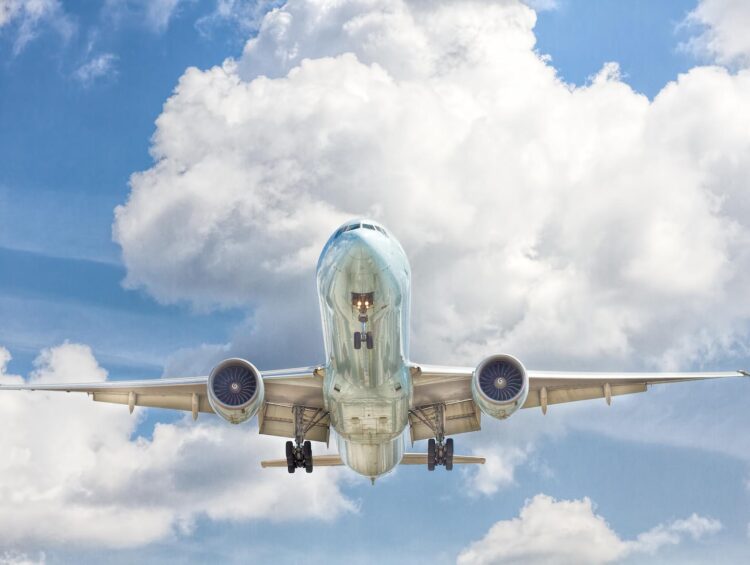Air turbulence is common in aviation and can be caused by various factors. The causes of air turbulence are often associated with atmospheric conditions and other external factors, while the consequences can range from passenger discomfort to potential damage to the aircraft. Let’s explore the causes and consequences of air turbulence explained in more detail.
Causes Of Air Turbulence
Atmospheric Conditions
The movement and interaction of different air masses with varying temperatures, humidity levels, and wind speeds primarily cause air turbulence. When these air masses come into contact, they create turbulence. For example, turbulence can occur along the boundaries between warm and cold air masses, known as fronts.
Jet Streams
Air motions known as jet streams travel from west to east in the upper atmosphere. These narrow bands of strong winds can cause turbulence when aircraft encounter them. Jet stream turbulence is often experienced during transatlantic flights.
Mountain Waves
When wind encounters mountains or enormous obstacles, it can create waves of turbulence on the leeward side of the obstruction. These waves can persist for several miles downstream, causing turbulence for aircraft flying in the affected area.
Convective Turbulence
Convective turbulence is associated with unstable atmospheric conditions, typically in thunderstorms and cumulonimbus clouds. The updrafts and downdrafts within these storm systems can generate severe turbulence.
Wake Turbulence
Large aircraft generate vortices of air behind them, known as wake turbulence. When smaller aircraft fly too close to these vortices, they can experience sudden and significant turbulence. This type of turbulence is a particular concern during takeoff and landing.
Consequences Of Air Turbulence
Passenger Discomfort
Mild to moderate turbulence can cause discomfort and anxiety among passengers. It may result in feelings of unease, motion sickness, or fear of flying. However, modern aircraft are designed to withstand turbulence without compromising safety.
Injuries
Severe turbulence can cause injuries to passengers and crew who are not adequately secured. Unsecured objects, such as luggage or catering equipment, can also become projectiles during severe turbulence, posing a risk to occupants.
Flight Delays And Diverted Routes
When encountering severe turbulence, pilots may divert their flight path or delay landing until the turbulent area has been bypassed. It can lead to flight delays and disruptions to travel plans.
Structural Stress
Although aircraft are designed to withstand turbulence, severe or prolonged turbulence can subject the plane to increased stress. It can result in structural damage, such as cracks or fatigue in the airframe.
Crew Fatigue
Continuous exposure to turbulence can contribute to crew fatigue, as pilots and flight attendants must remain alert during turbulent conditions. Fatigue can affect their performance and decision-making abilities, potentially impacting flight safety.
To mitigate the consequences of air turbulence, modern aircraft are equipped with advanced weather radar systems that help detect and avoid turbulent areas whenever possible. Pilots also receive specialized training in handling turbulence and are advised to communicate turbulence encounters to air traffic control to warn other aircraft.





